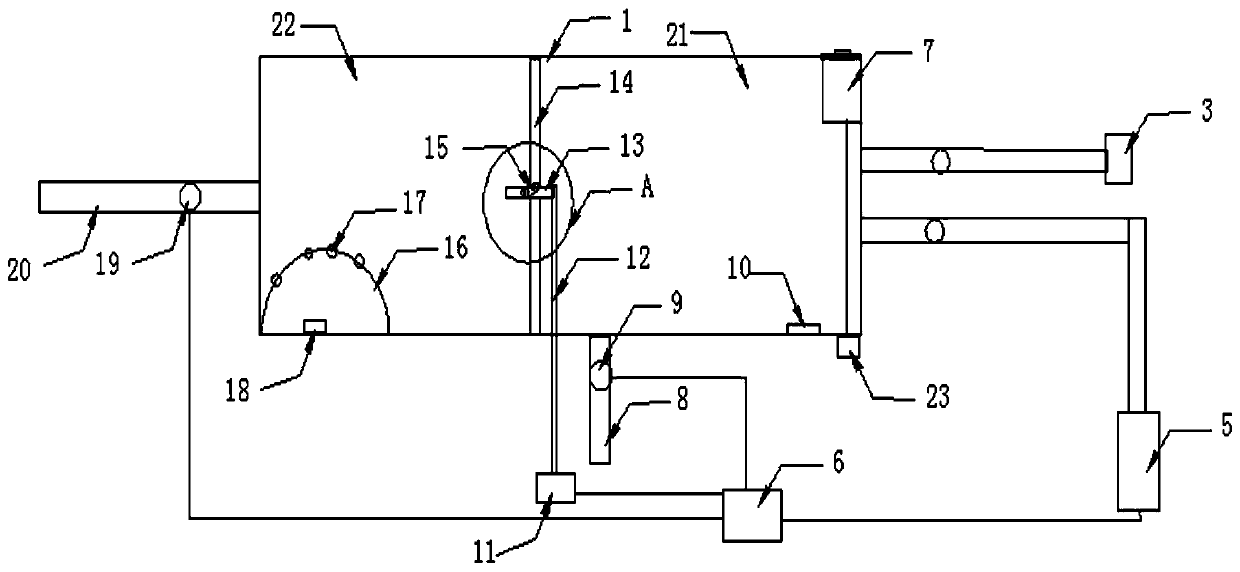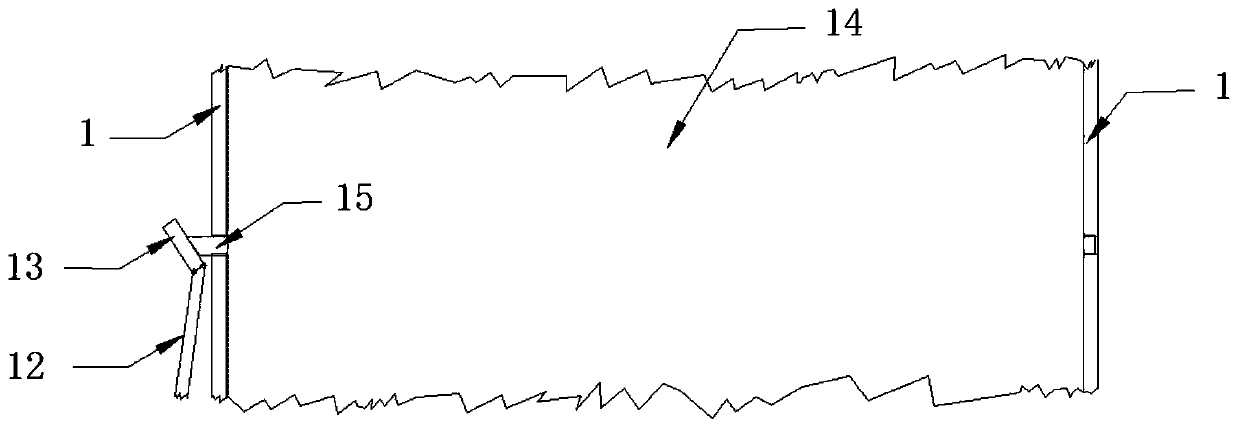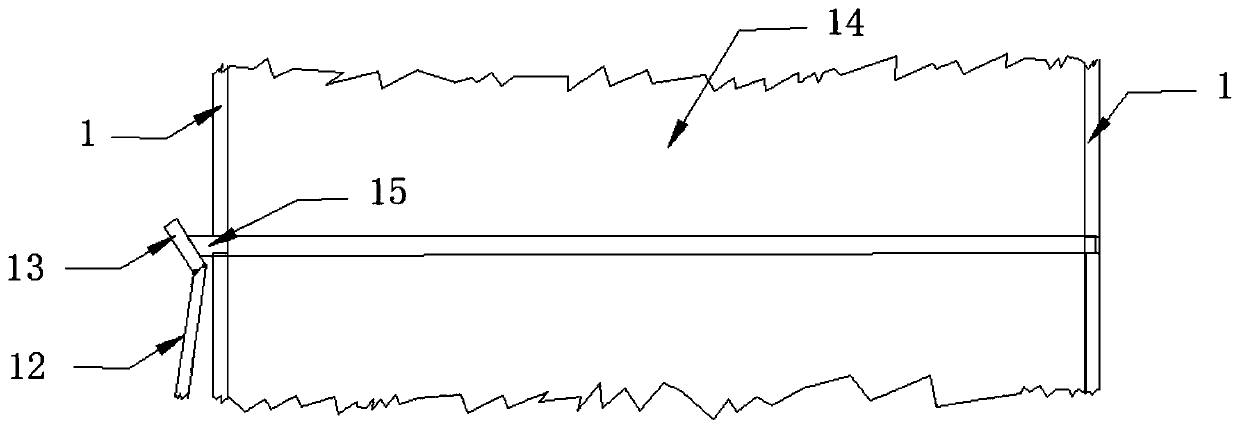The method of fattening wild portunus trituberculatus
A technology of portunus trituberculatus and breeding box, which is applied in application, climate change adaptation, fish farming, etc. It can solve the problems of high bait quality and water quality, easy to be restricted by the natural environment, unfavorable indoor fattening and breeding, etc., and achieve improvement The effects of survival rate, quality improvement and flavor improvement
- Summary
- Abstract
- Description
- Claims
- Application Information
AI Technical Summary
Problems solved by technology
Method used
Image
Examples
Embodiment 1
[0036] A method for fattening wild Portunus trituberculatus comprises steps as follows:
[0037] Step 1, put the wild portunus trituberculatus caught up to be fattened into an aqueous solution prepared with stable chlorine dioxide of 0.5 mg / liter and soak for 5 minutes to sterilize;
[0038] Step 2. Put the wild Portunus trituberculatus to be fattened into a separate breeding box with the corresponding label according to the specifications and domesticate it for 2 days, keep the water temperature in the breeding box at 12°C, and feed it 4 times a day during the domestication process, at 8:00 a.m. Artificial bait was fed once at 00, natural bait was fed once at 13:00 pm, artificial bait was fed once at 19:00 pm; natural bait was fed once at 23:00 pm, and the amount of bait fed each time was 2% of the crab's body weight;
[0039] Step 3. After domestication, keep the water temperature in the breeding box at 14°C on the first day, then raise the temperature by 1°C every day until...
Embodiment 2
[0044] A method for fattening wild Portunus trituberculatus comprises steps as follows:
[0045] Step 1, put the wild Portunus trituberculatus caught up to be fattened into an aqueous solution of 0.5 mg / L prepared with stable chlorine dioxide and soak for 10 minutes to sterilize;
[0046] Step 2. Domesticate for 3 days, specifically: set the wild portunus trituberculatus to be fattened to the first specification according to the empty shell crab or lean crab with a weight of 120-150g, and put them in the same group of separate breeding boxes with different labels Medium breeding; according to the weight of 151-200g empty shell crabs or lean crabs, set the second specification, and put them in the same group of separate breeding boxes with different labels for breeding; according to the weight of 201-300g empty shell crabs or lean crabs Crabs are set to the third specification, and they are placed in the same group of separate breeding boxes with different labels for breeding. ...
Embodiment 3
[0055] A method for fattening wild Portunus trituberculatus comprises steps as follows:
[0056] Step 1, put the wild Portunus trituberculatus caught up to be fattened into an aqueous solution of 0.5 mg / L prepared with stable chlorine dioxide and soak for 10 minutes to sterilize;
[0057] Step 2. Domesticate for 3 days, specifically: set the wild portunus trituberculatus to be fattened to the first specification according to the empty shell crab or lean crab with a weight of 120-150g, and put them in the same group of separate breeding boxes with different labels Medium breeding; according to the weight of 151-200g empty shell crabs or lean crabs, set the second specification, and put them in the same group of separate breeding boxes with different labels for breeding; according to the weight of 201-300g empty shell crabs or lean crabs Crabs are set to the third specification, and they are placed in the same group of separate breeding boxes with different labels for breeding. ...
PUM
 Login to View More
Login to View More Abstract
Description
Claims
Application Information
 Login to View More
Login to View More - R&D
- Intellectual Property
- Life Sciences
- Materials
- Tech Scout
- Unparalleled Data Quality
- Higher Quality Content
- 60% Fewer Hallucinations
Browse by: Latest US Patents, China's latest patents, Technical Efficacy Thesaurus, Application Domain, Technology Topic, Popular Technical Reports.
© 2025 PatSnap. All rights reserved.Legal|Privacy policy|Modern Slavery Act Transparency Statement|Sitemap|About US| Contact US: help@patsnap.com



